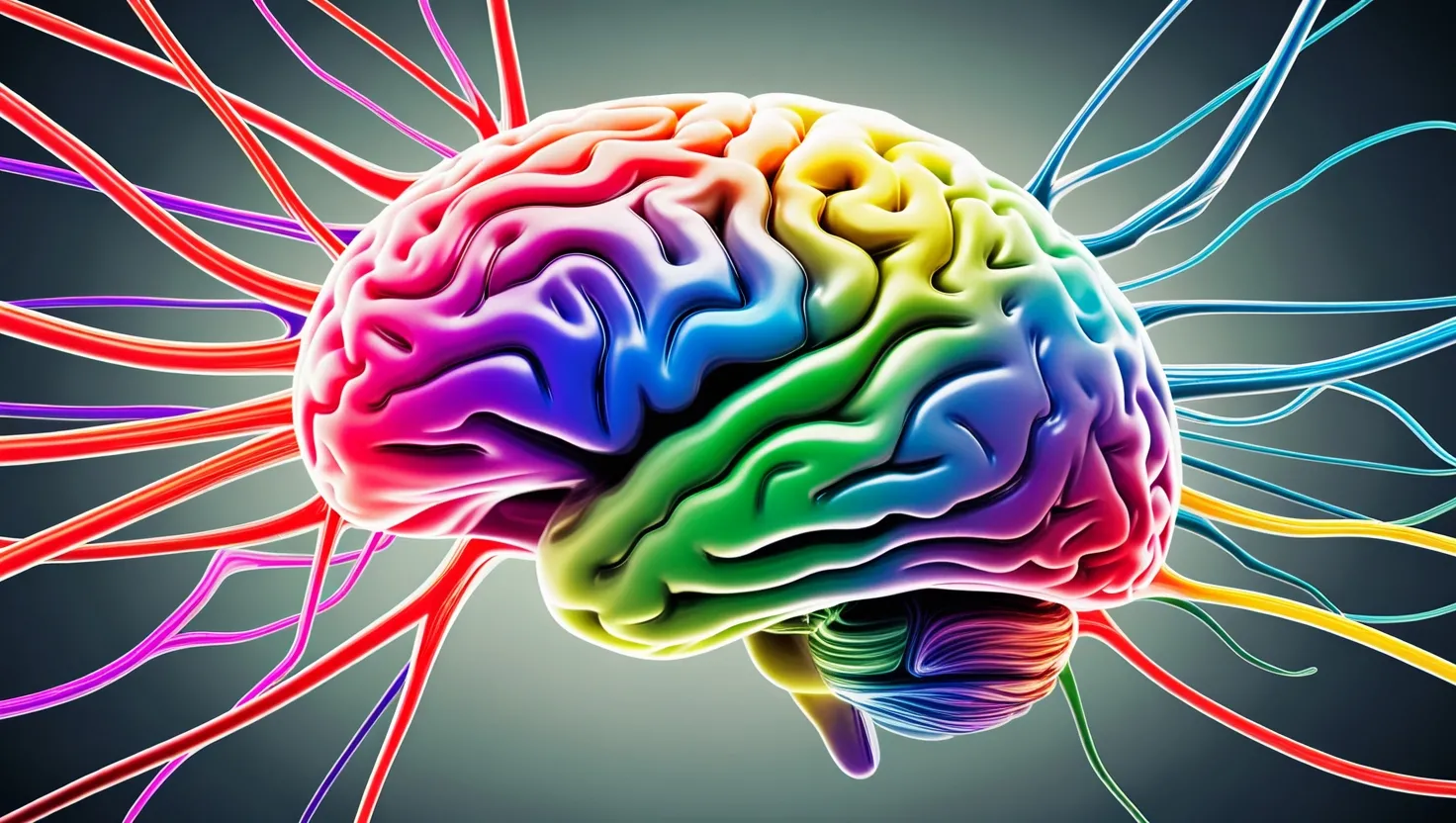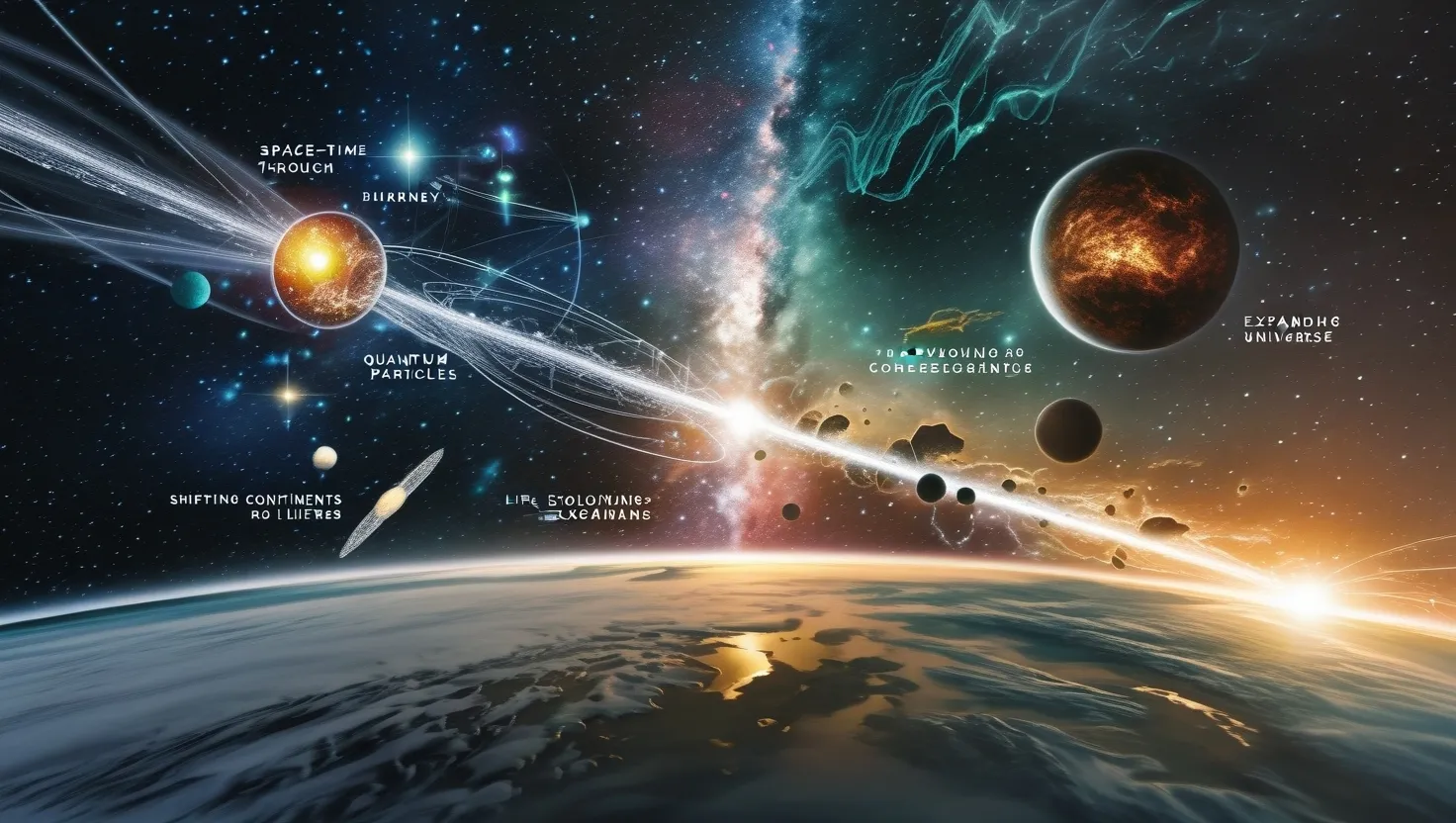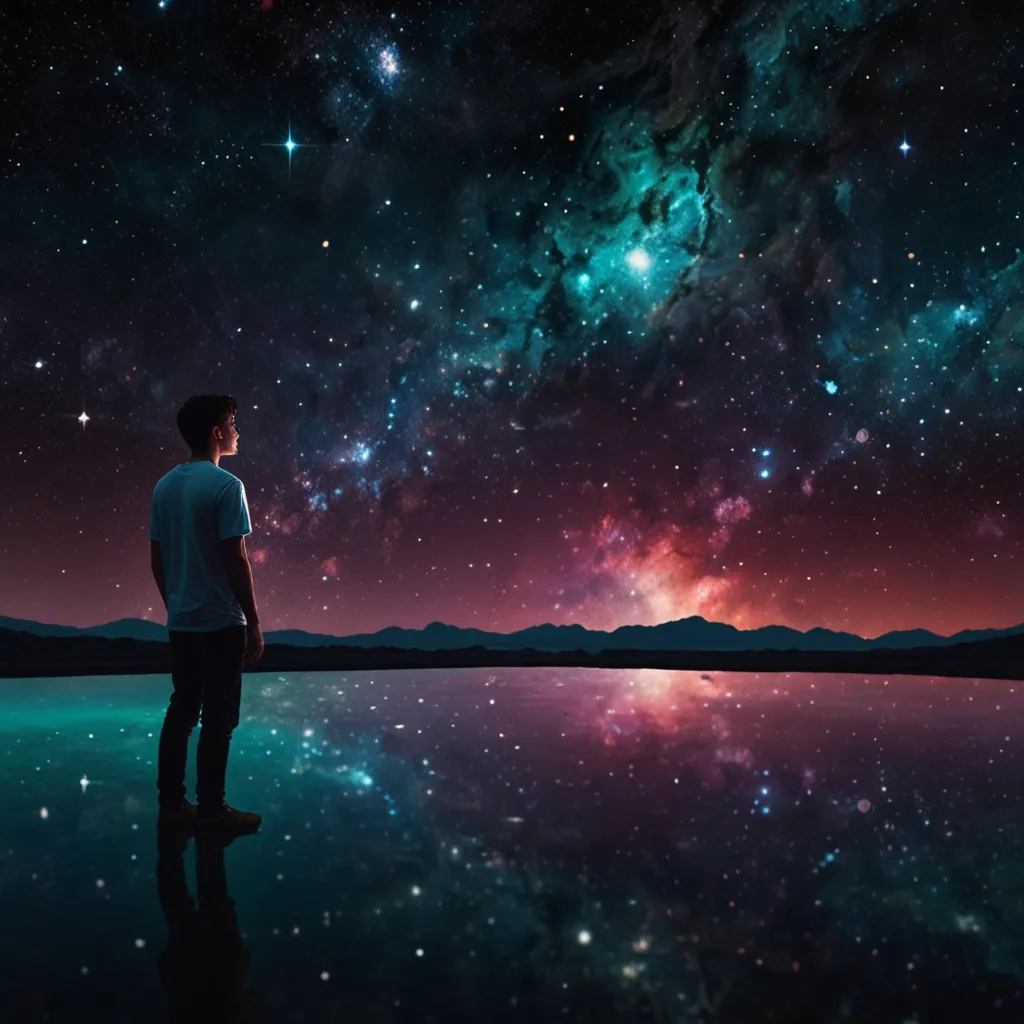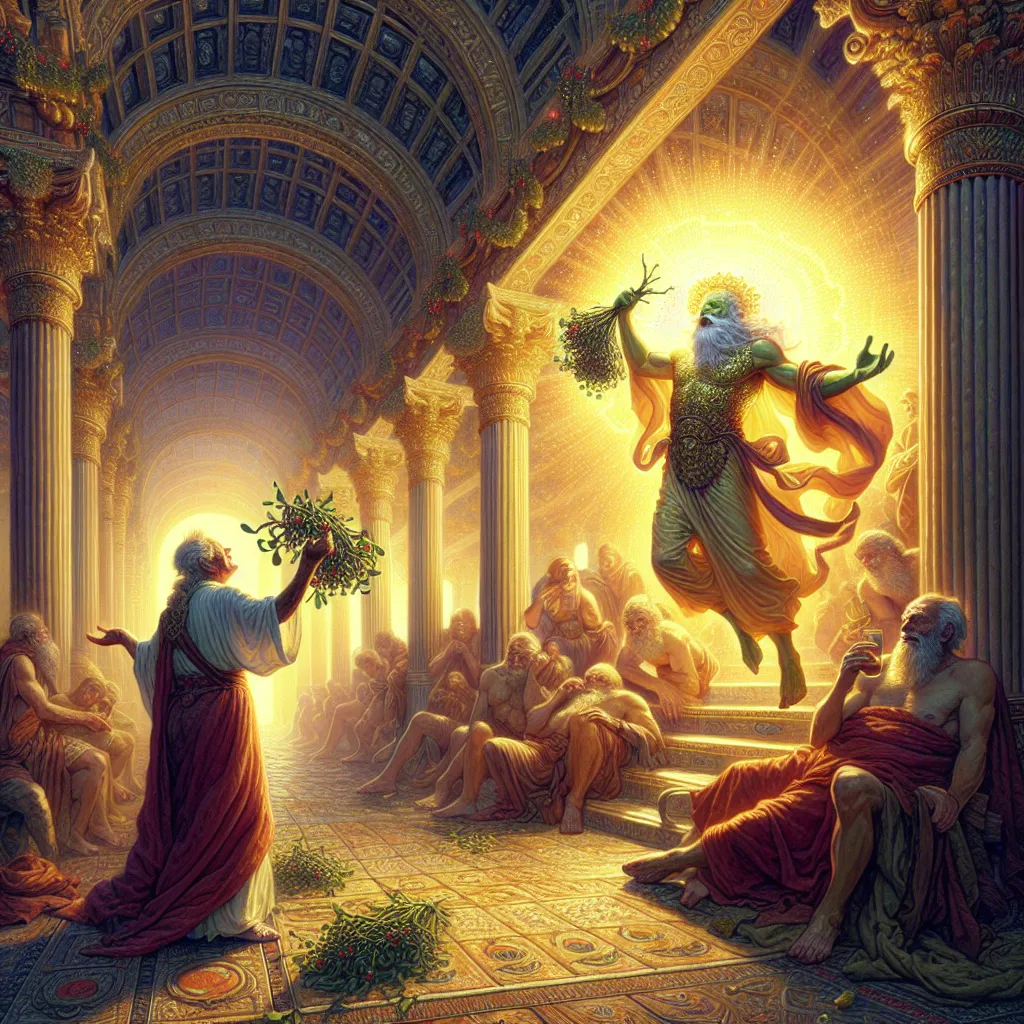Imagine a world where the boundaries between your senses are blurred, and the ordinary becomes extraordinary. For people with synesthesia, this is not just a fantasy but a everyday reality. Synesthesia is a neurological phenomenon where the stimulation of one sense triggers an automatic, involuntary experience in another sense. This unique condition has fascinated scientists, artists, and the general public alike, offering a glimpse into the intricate and diverse workings of the human brain.
To understand synesthesia, let’s start with the basics. The term itself comes from Greek words “synth” meaning “together” and “ethesia” meaning “perception.” People who experience synesthesia are called synesthetes, and their brains seem to have a higher level of interconnectedness between different sensory areas. For instance, when a synesthete looks at a bright neon yellow wall, not only is the primary visual cortex stimulated, but the parietal lobe, which is associated with taste, might also be activated, allowing them to taste the color.
One of the most common forms of synesthesia is grapheme-color synesthesia, where letters and numbers are associated with specific colors. For example, the letter “A” might always appear red to a synesthete, while the number “7” might be blue. This is not just a matter of memory or association; it’s an automatic and consistent response that occurs every time the synesthete sees these characters. Another form is sound-to-color synesthesia, where music or sounds evoke vivid colors and shapes. Imagine listening to a classical piece and seeing a symphony of colors dancing in front of you – each instrument having its own distinct hue and pattern.
Synesthesia can also involve more complex sensory crossovers. For instance, in lexical-gustatory synesthesia, certain words or sounds evoke specific tastes. A synesthete might taste citrus when they hear the word “street” or experience a sweet flavor when they read the word “hello.” These experiences are not just random; they are predictable and consistent, making them a fundamental part of the synesthete’s sensory world.
The causes of synesthesia are still not fully understood, but research suggests that it is largely genetic and may be more common in families. Brain scans have shown that synesthetes have more connections between different sensory areas of the brain, which could explain why their senses blend together so seamlessly. Additionally, some substances like psychedelic drugs can temporarily induce synesthetic experiences in people who do not normally have them, further highlighting the complex interplay between brain chemistry and sensory perception.
Despite its unique nature, synesthesia is not considered a disorder or a disease. In fact, many synesthetes view their condition as a gift that enhances their creativity and cognitive abilities. Famous artists and musicians like Kanye West, Pharrell Williams, and Tori Amos have spoken about how synesthesia influences their work. For example, Vladimir Nabokov, the acclaimed writer, described his “colored hearing” in his autobiography, illustrating how synesthesia can be a powerful tool for creative expression.
The impact of synesthesia on creativity is profound. Synesthetes often report having enhanced memory and cognitive skills, particularly in areas like spatial reasoning and pattern recognition. This is because their brains are constantly making connections between different types of information, which can lead to innovative ideas and insights. In literature, authors like Norton Juster have used their synesthetic experiences to create vivid and imaginative descriptions, as seen in his children’s fantasy novel “The Phantom Tollbooth.”
Synesthesia also challenges our traditional understanding of human perception. It shows us that the senses are not as separate as we might think and that the brain is capable of creating complex, multisensory experiences. This has significant implications for fields like psychology, neuroscience, and even marketing. For instance, the slogan “Taste the Rainbow” by Skittles is a clever use of synesthesia, inviting consumers to experience the colors of the rainbow through taste, a concept that resonates deeply with synesthetes.
In everyday life, synesthesia can sometimes be an annoyance, especially for children who may find it difficult to read or focus when their senses are constantly crossing over. However, for most synesthetes, it is a natural part of their world, something they have grown accustomed to and often cherish. It adds a layer of depth and richness to their experiences, making even mundane tasks more engaging and interesting.
The study of synesthesia is also shedding light on the broader aspects of human perception and cognition. It highlights the incredible diversity of human experience and how our brains can process information in unique and creative ways. For example, people with spatial sequence synesthesia can see numbers or dates in specific locations in space, which can enhance their memory and spatial reasoning skills.
In conclusion, synesthesia is more than just a neurological curiosity; it is a window into the complex and fascinating world of human perception. By studying this phenomenon, we gain insights into the workings of the brain and the incredible diversity of human experience. For synesthetes, it is a part of who they are, a unique way of experiencing the world that enriches their lives and inspires their creativity. As we continue to explore and understand synesthesia, we may uncover even more about the hidden potential of the human brain and the boundless ways in which we can perceive and interact with our world.






